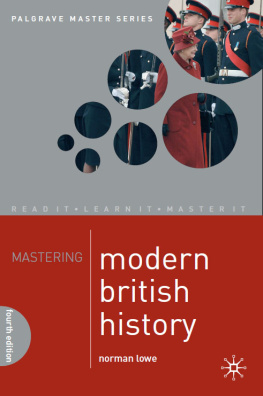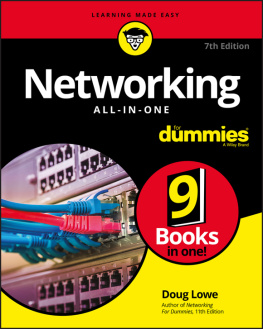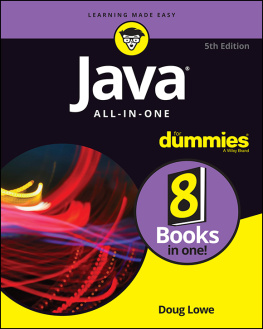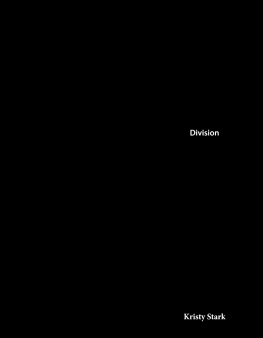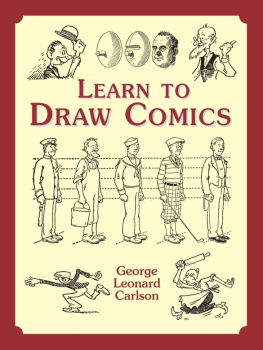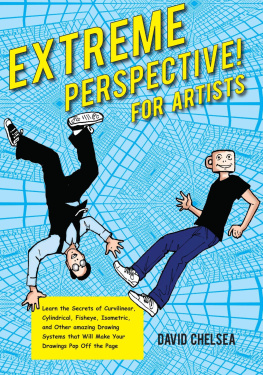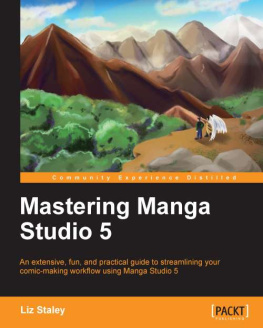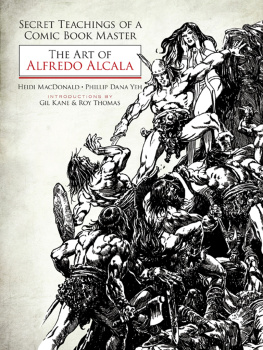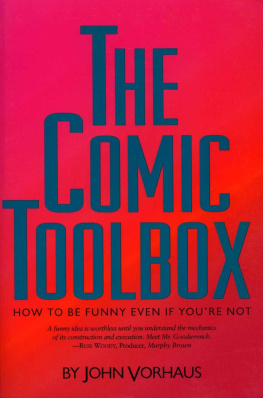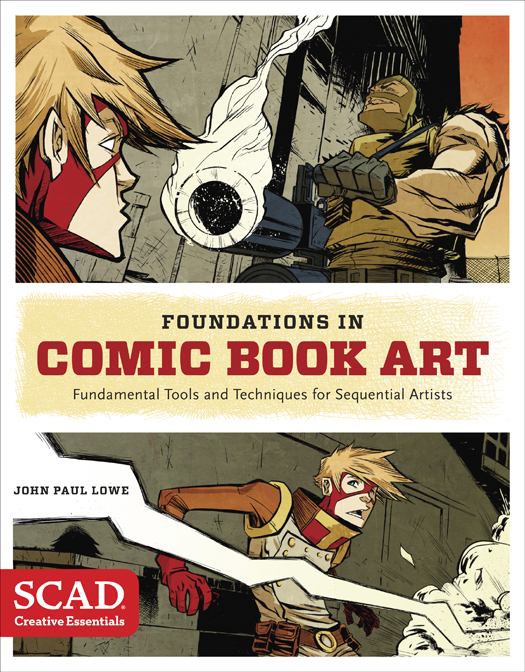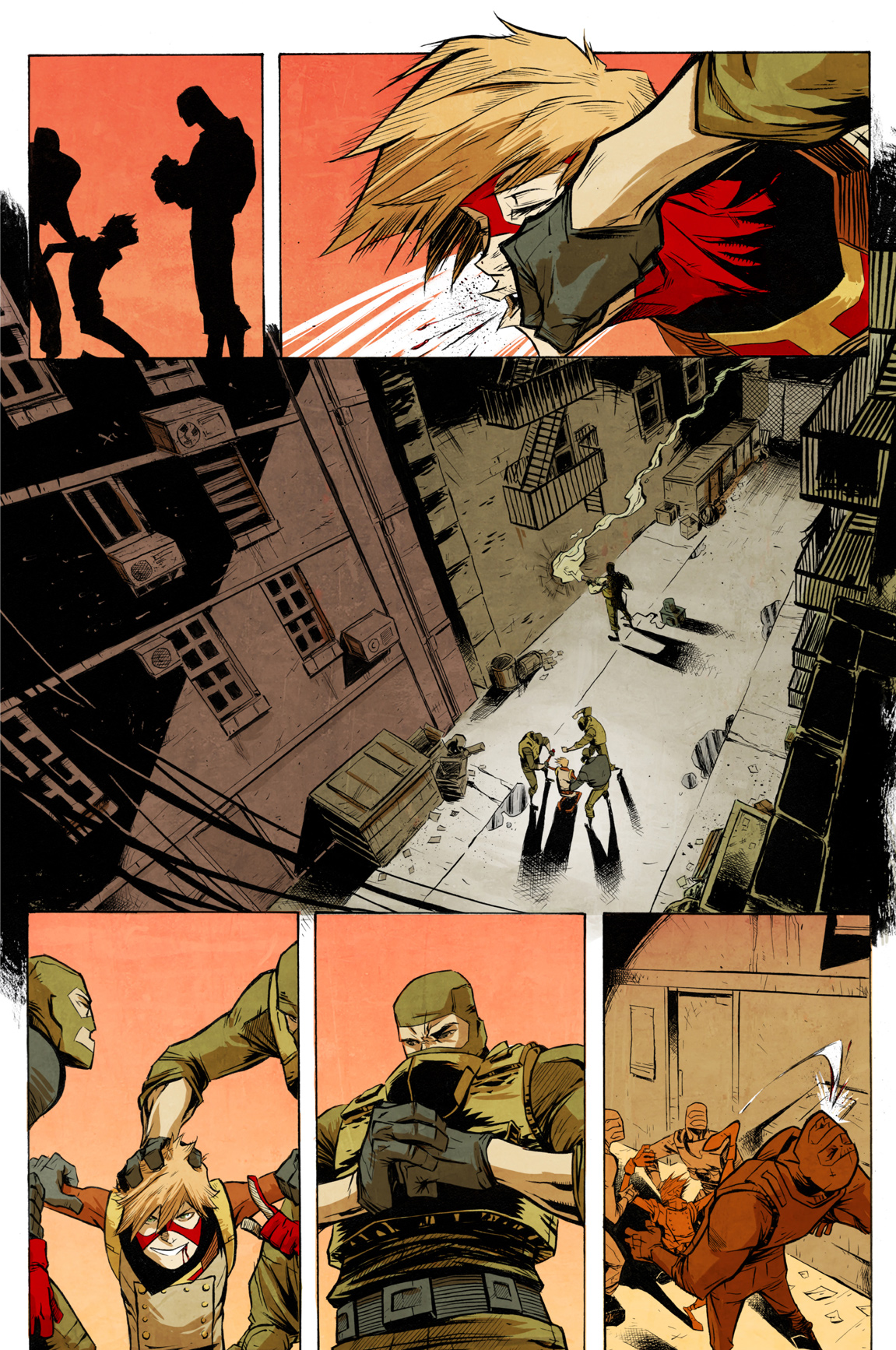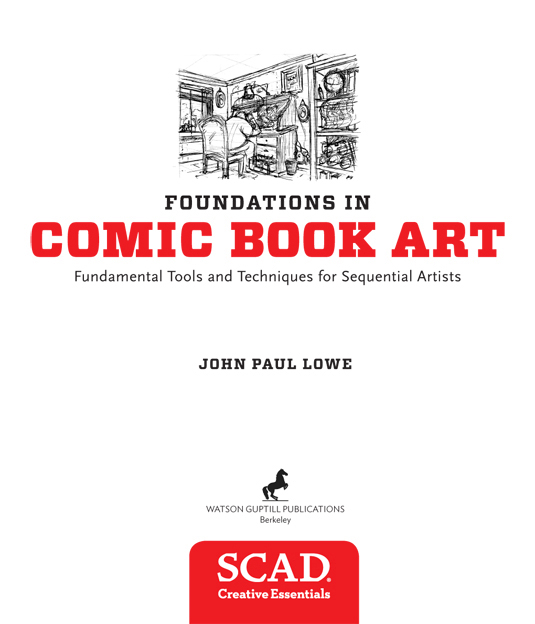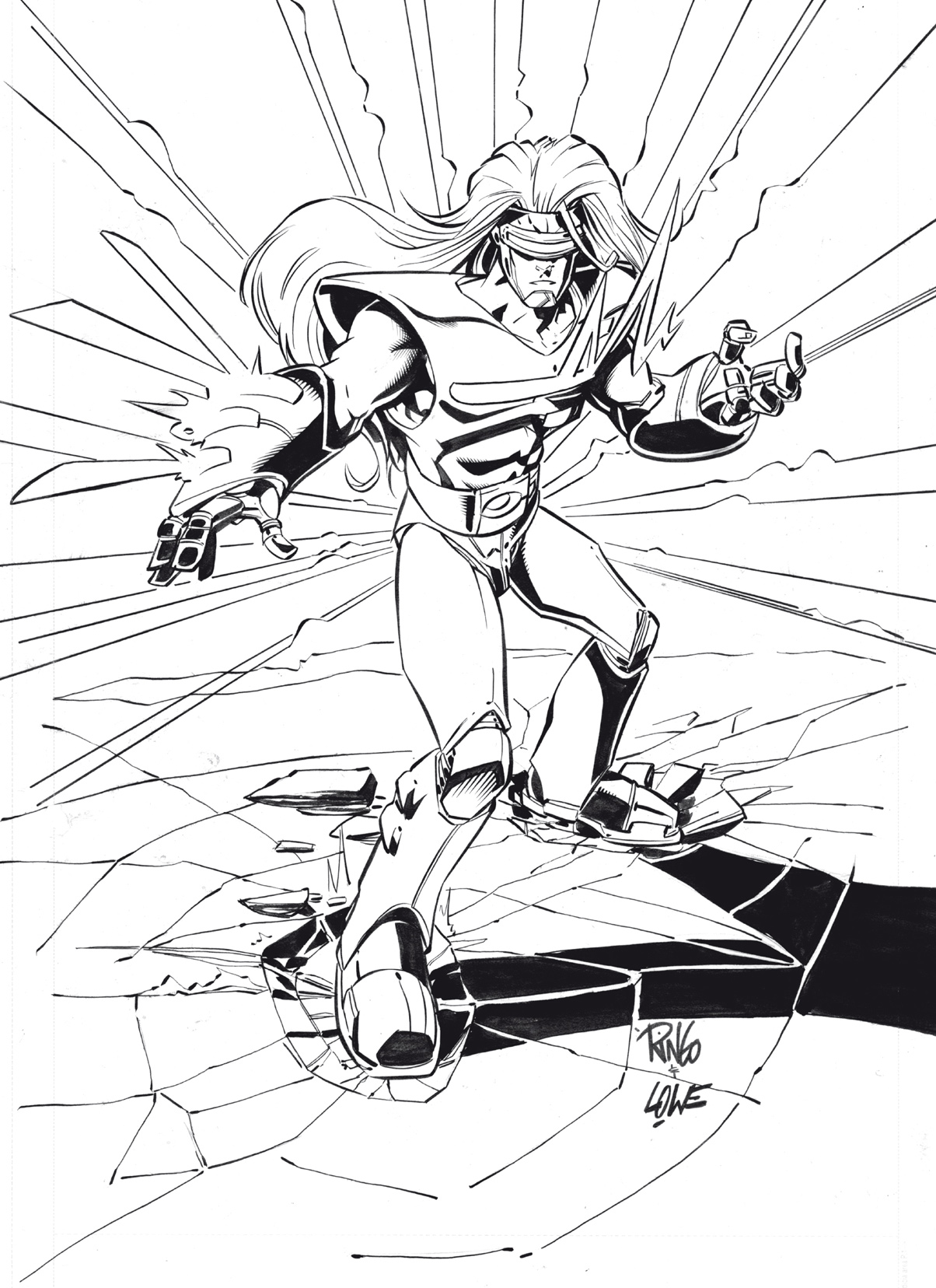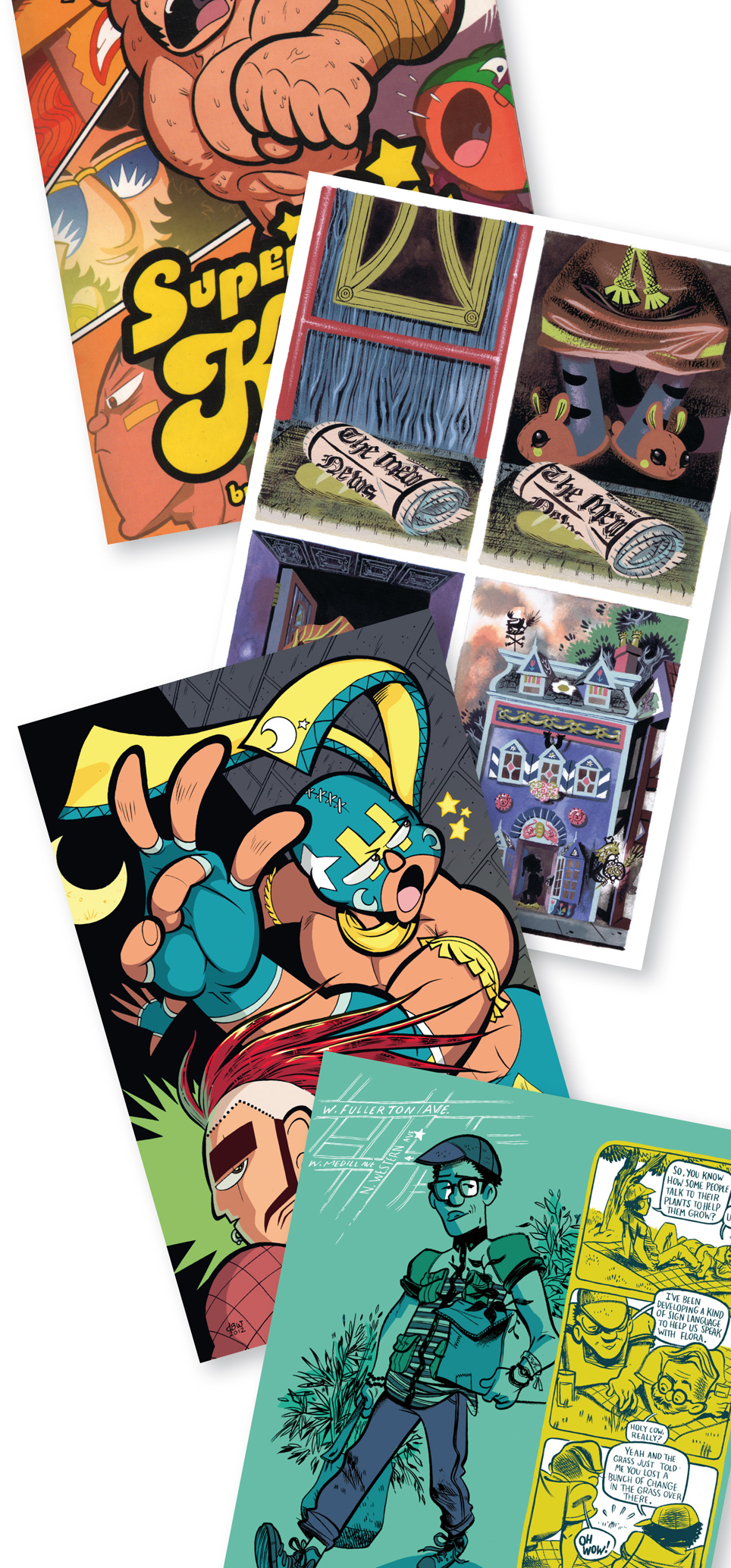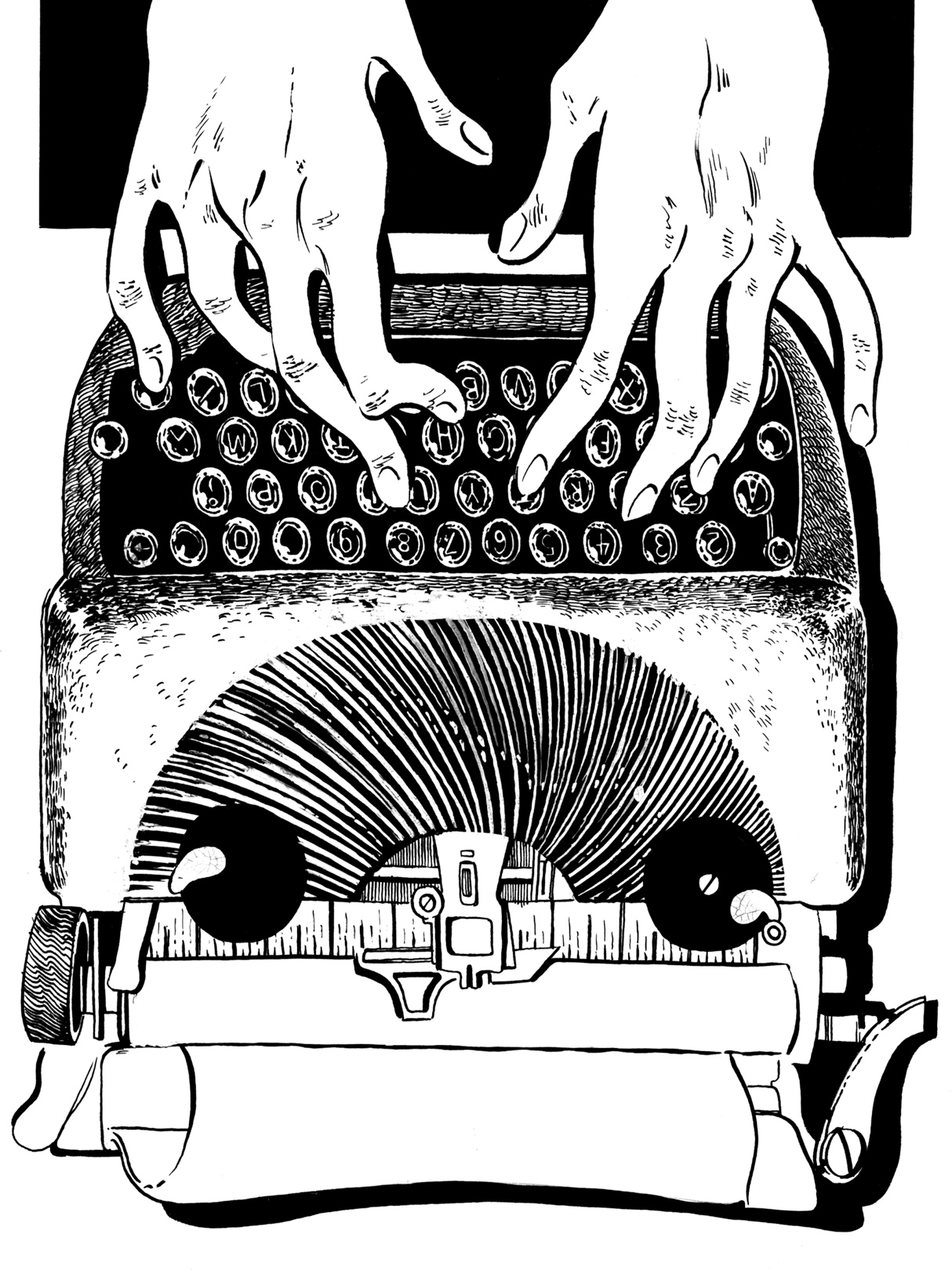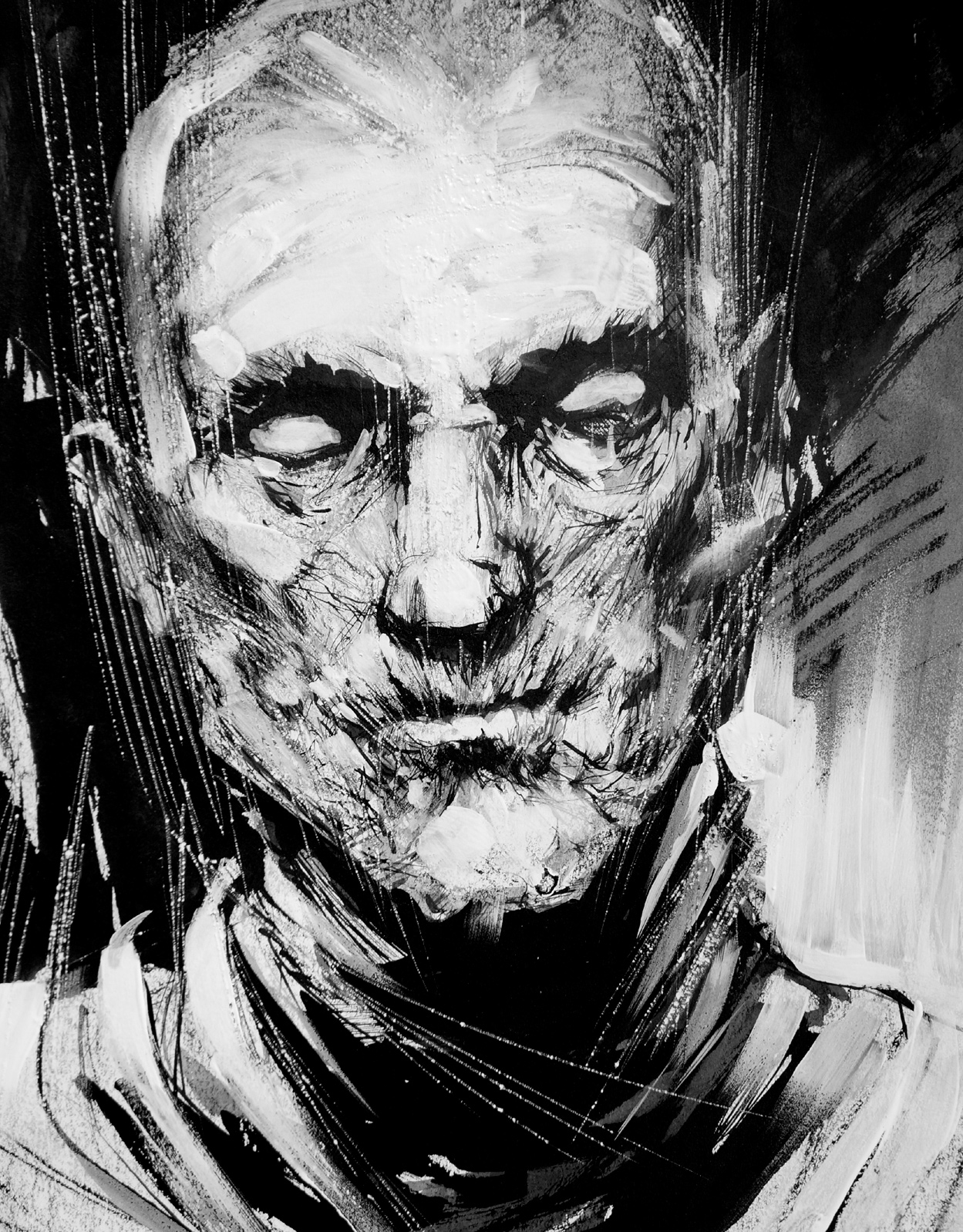THE SCAD CREATIVE ESSENTIALS SERIES
The SCAD Creative Essentials series is a collaboration between Watson Guptill Publications and the Savannah College of Art and Design (SCAD), developed to deliver definitive instruction in art and design from the universitys expert faculty and staff to aspiring artists and creative professionals.
Copyright 2014 by SCAD / Savannah College of Art and Design / Design Press
All rights reserved.
Published in the United States by Watson-Guptill Publications, an imprint of the Crown Publishing Group, a division of Random House LLC, a Penguin Random House Company, New York.
www.crownpublishing.com
www.watsonguptill.com
WATSON-GUPTILL and the WG and Horse designs are registered trademarks of Random House LLC
Library of Congress Cataloging-in-Publication Data
Lowe, John (John Paul), author.
Foundations in comic book art : fundamental tools and techniques for sequential artists / John Paul Lowe. First Edition.
pages cm. (SCAD creative essentials)
1. Comic books, strips, etc.Technique. I. Title.
NC1764.L68 2014
741.51dc23
2013046051
Trade Paperback ISBN: 978-0-7704-3696-4
eBook ISBN: 978-0-8041-3713-3
Interior design: Kenneth Crossland, Katy Brown, and Anitra Alcantara
Cover design: Katy Brown
Front cover art: Jorge Corona
v3.1
DEDICATION
This book is dedicated to:
My mom, for encouraging me to pursue whatever interested me.
My childrenJonah, Koji, Atticus, and Betefor inspiring me.
My teachers, for sharing their knowledge with me.
My students, for teaching me.
My wife, Erin, for putting up with me.
FOREWORD
One of the saddest lessons you will learn when you go to art school is that your art is not very good. One day in sophomore year you will look down at your Dali-inspired colored pencil drawing of anthropomorphic lizards, and you wont be able to ignore it any longer. Youll look up at your professor and see it in her eyes: she thinks youre a bad artist. She thinks youre a bad artist, and she doesnt think youre ever going to get better.
Very creative, shell say.
Thanks, youll say.
John Lowe thinks you can get better. In fact, hes sure you can get better. Hes sure you can get good .
This is what makes John Lowe a great teacher and an unusual one. If you are his student, he is interested in you and he is interested in your art. He finds out what your goals are, and he doesnt let you forget them. He finds out what your comfort zone is, and he jabs and teases you out of it. He finds out what tools youre used to using, and he doesnt let you use them anymore. He finds out how much homework youre used to doing, and he assigns twice as much. He takes artwork you were up all night working on and tells you to change everything. He tells you to change everything, and you squawk in disbelief, and John laughs and say, Nothings precious.
And its true: nothing you put on paper is precious. You have something else thats precious, and its something John will find for you when you cant find it yourself anymore. Its why you started drawing in the first place. Its in your hand, your eyes, your heart. Dont lose it. Dont let it get away.
Eleanor Davis
SCAD Alumna
Eleanor Davis a cartoonist and illustrator. She created the graphic novels The Secret Science Alliance and The Copycat Crook. Her work has been recognized by the Society of Illustrators and Print. She has won the Theodor Seuss Geisel Honor and the Russ Manning Award. Originally from Arizona, Davis now lives in Georgia.
PREFACE
I decided to become a comic book artist when I was in the seventh grade. I told everyone I knew about my career decision, whether they asked or not. I wasnt braggingI knew that making my intent public would make me less likely to back out of it.
I earned a degree in fine art from the University of Tennessee, Knoxville. I had several exceptional professors who taught me how to draw from observation. If comics only required the ability to draw from life, I would have felt comfortable with the portfolio that I took to the offices of Marvel and DC comics the year after I graduated.
However, comic art requires additional skills, many of them. A comic book artist is required to demonstrate an understanding of perspective, composition, page and panel design, acting, and staging. A comic book artist must be able to create things that dont exist, which means he or she has to have the ability to make constructive (instead of observational) drawings. My college training didnt prepare me for that.
Fortunately, my drawing skills helped me land a position as an inking assistant for one of my favorite inkers Josef (Joe) Rubenstein. I didnt do much more than fill in large areas of black ink, and cut Zip-a-tone patterns out, but I got to see an amazing inker working on real comic pages every day. Joe was also kind enough to critique the inking sample pages I was working on at night. I was inking for DC Comics within a year.
Throughout the 1990s I worked with some of the most talented comic artists in the industry, and over the course of that decade they helped me develop my drawing and storytelling skills.




